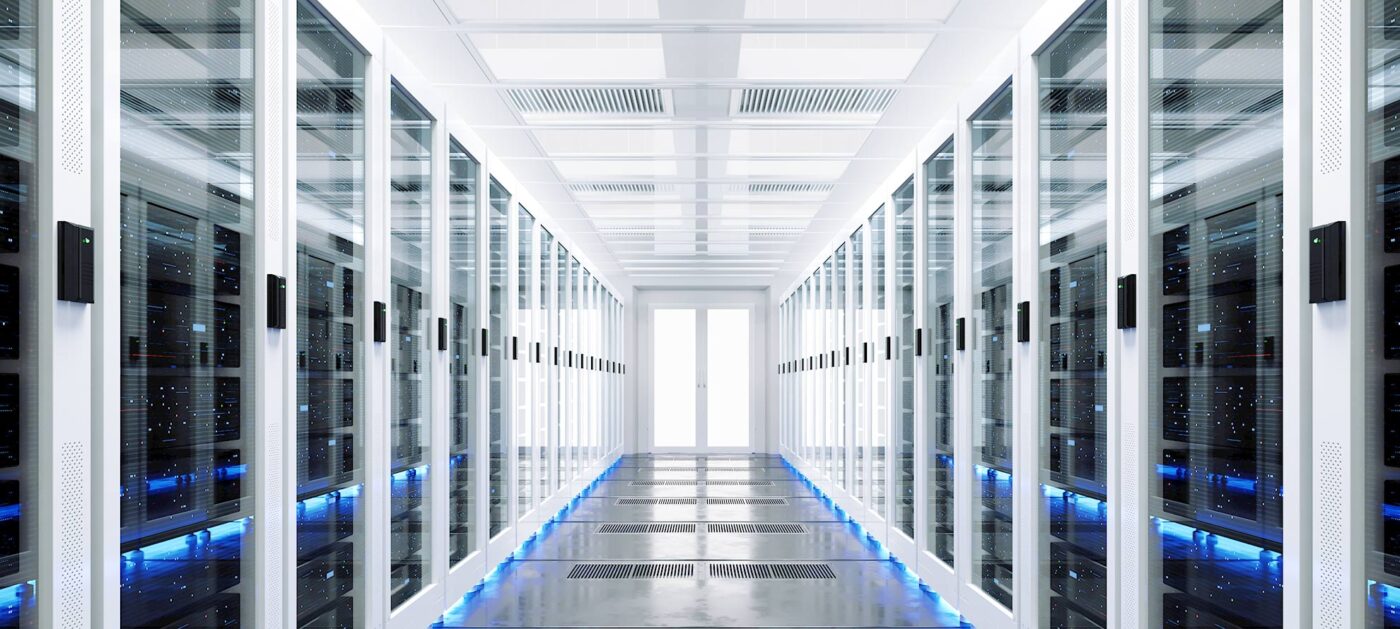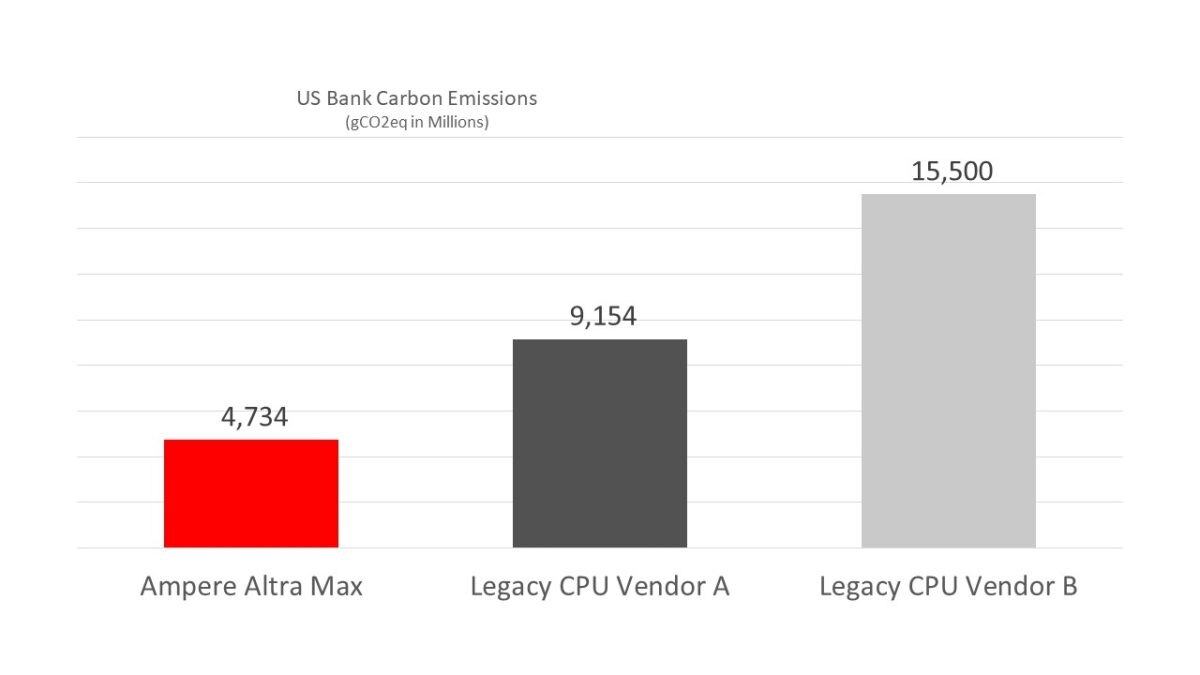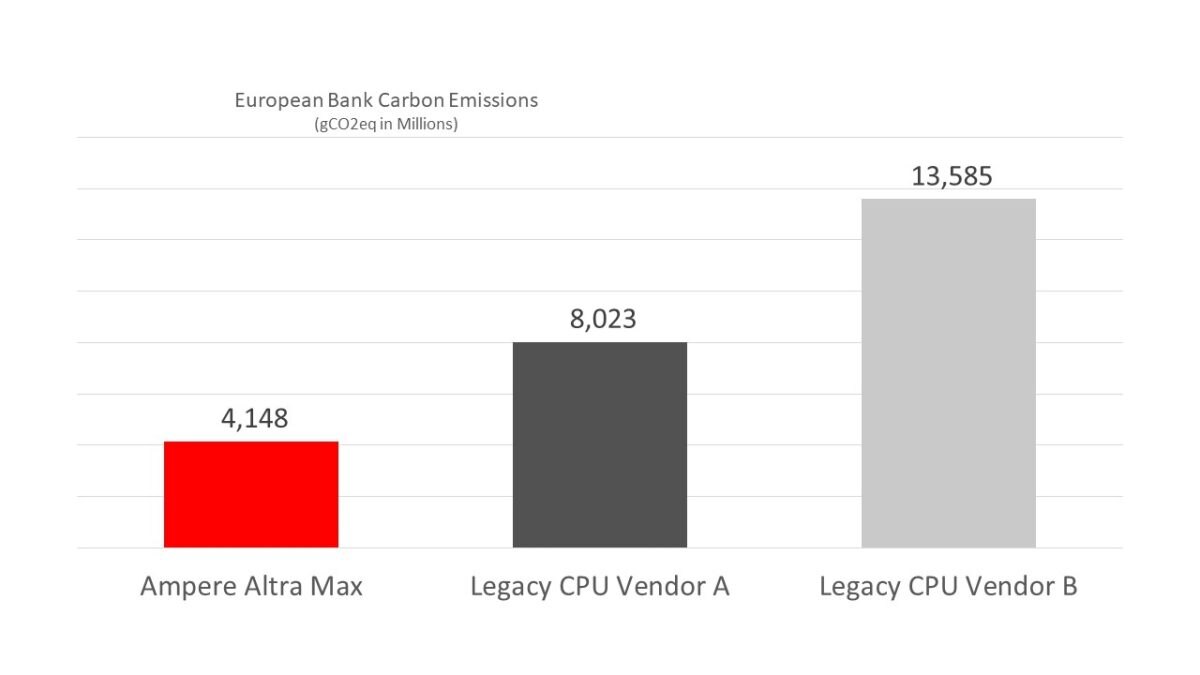For Earth Day, A New Direction For the Cloud

The latest report from the Intergovernmental Panel on Climate Change doesn’t mince any words. Unless carbon emissions plateau in the next three years and decline by 43 percent by 2030, we face a future of warming temperatures and natural disasters. And to meet these goals, we will have to dramatically reimagine every facet of our lives.
Digital technology will be no exception. The digital world has in many ways been a stalwart environmental citizen. Since 2005, data center workloads and internet traffic have grown by more than 10x while power has stayed relatively flat at 1 percent of global electricity consumption.
Many of the efficiency gains in the 2010s came through good housekeeping: unplugging idling “zombie” servers or taking advantage of ambient cooling. Virtualization and workload consolidation in the cloud helped significantly by optimizing server capacity.
However, the easier things have now been done and new approaches are needed. On top of this, Moore’s Law, long a pathway for reducing chip power, is paying fewer dividends, especially in legacy CPUs.
At the same time, cloud demands have continued to grow. A single hyperscale data center can consume one to five million gallons of water a day, require millions of square feet of real estate and consume 150 MW of power capacity, enough for 63,000 U.S. homes. As a result, cities from Beijing to Amsterdam are placing tight restrictions on new facilities.
To continue to keep power in check while also accommodating the exploding demands from customers, we need to rethink the core elements of computing. That means new processor designs, new server architectures, more energy-efficient algorithms, and other disruptive approaches. Continuing with a legacy approach could result in a 7x increase in data center power consumption.
A cleaner cloud is born
Arm has been gathering an ecosystem of software developers, OEMs, chip designers, carriers, and others to forge a blueprint for a more efficient digital infrastructure.
An Arm partner who recognized early on the exploding demand for cloud services and the essential need for “built for the cloud” CPUs is Ampere Computing. Ampere’s leadership team experienced the rise of the cloud giants firsthand, as a supplier of legacy CPUs, before they formed Ampere.
Ampere recognized two important facts – 1) legacy architectures weren’t designed to deliver predictable, scalable cloud workload performance, and 2) legacy architectures consumed far too much power to support the sustainability needs of cloud providers and their customers.
With that knowledge, the company set out to design a new cloud-first processor using a new server architecture – based on Arm Neoverse – and the result is the Ampere® Altra® and Ampere® Altra® Max Cloud-Native Processors.
Power and efficiency made for the cloud
Launched in 2020, Ampere® Altra® found an eager market for deterministic, scalable million, and efficient cloud performance. As of today, Ampere® Altra® and Ampere® Altra® Max have been adopted by cloud service providers including Oracle Cloud Infrastructure, Microsoft Azure, Alibaba Cloud, Tencent Cloud, Ucloud, JD.com, and others.
Cloudflare, a cloud-based security service helping manage more than 15 percent of the world’s websites, says that it can perform 57 percent more internet requests per watt on Ampere Arm Neoverse-based processors than its contemporary traditional processors.
Ampere’s rapid ascent into the leading edge of cloud computing was propelled by three factors: performance, software, and power efficiency. Performance has been met as Ampere detailed in a recent blog post about Ampere Altra Max.
The Arm software ecosystem includes all key developer tools and cloud-native stacks and grows stronger by the day. Software porting efforts are producing big results. Then there are the cost benefits, like penny-per-core-hour pricing with OCI Ampere A1 compute. And the power efficiency and carbon reduction (and OPEX savings) potential of Arm Neoverse.
Different geographies, similar carbon reduction opportunity
To illustrate the carbon savings achievable by switching to Arm-based architectures like Ampere® Altra® Max, let’s look at two hypothetical banks – one based in New York City and the other based in London. For this scenario, they both run a three-tier software architecture consisting of NGINX web servers and load balancers feeding a Redis in-memory database that fronts a Cassandra data store.
The New York-based bank has a large compute farm on the east coast, with extended operations in the western US and in Europe. The London-based bank operates half as many servers, with a heavier footprint in EMEA and extended operations in the US.
Each bank needs a certain performance throughput per application tier, so the number of servers is adjusted by CPU performance to meet this throughput need. As you can see from Figures 1 and 2, the carbon savings opportunity by switching to Arm architecture is considerable.
By transitioning from a fleet of Traditional Vendor B-based servers to a fleet based on Ampere Altra Max, both customers can reduce their carbon output by almost 70 percent – eliminating 9.4 million to 11.8 million grams of carbon dioxide equivalent on an annual basis. Switching from Traditional Vendor A to Ampere Altra Max yields about a 50 percent savings, with a carbon dioxide equivalent reduction of 3.9 to 4.4 million grams per year.
It is also worth noting the effect of geography in this example. While the European bank operates half as many servers, its carbon emissions are similar to that of the US bank. Why? US-based cloud datacenters got a head start on converting to clean energy power sources and generally operate with a lower carbon intensity.


One major benefit not captured here is the cost savings that Ampere® Altra® Max can deliver. With 128-cores per CPU, far fewer Ampere Altra Max-based servers are needed to support the throughput needs of each tier. This means the New York bank needs only 5,000 Ampere-based servers compared to 7,600 from CPU Vendor A and almost 13,000 from CPU Vendor B. Whether you’re renting or buying, that reduced server count can generate significant savings.
The time to act is now
The World Economic Forum predicts that digital technologies could help reduce emissions by 15 percent by 2030—one-third of the goal—and more as technology and our experience of it spreads.
And, just as efficient technologies will help the businesses of cloud providers, these technologies will create new opportunities for software developers, waste disposal companies, and others.
The IPCC’s warning is clear – the time to reduce our carbon emissions is now. In the past decade, humans emitted 500 billion tons of CO2. To have any chance of meeting the 2015 Paris agreement limit of 1.5°C rise our next 500 billion in emissions needs to last until the end of the century.
Will this be easy? No. We also don’t have much time. But the cloud gives us a way to start. Through collaboration and experimentation, we can start to make headway on the biggest challenge of our time.
This blog was written with Jeff Wittich, Chief Product Officer of Ampere Computing.
A New Infrastructure for a New Era
Arm Neoverse can increase the performance of cloud, edge and 5G applications while lowering cost and energy consumption.
Any re-use permitted for informational and non-commercial or personal use only.












